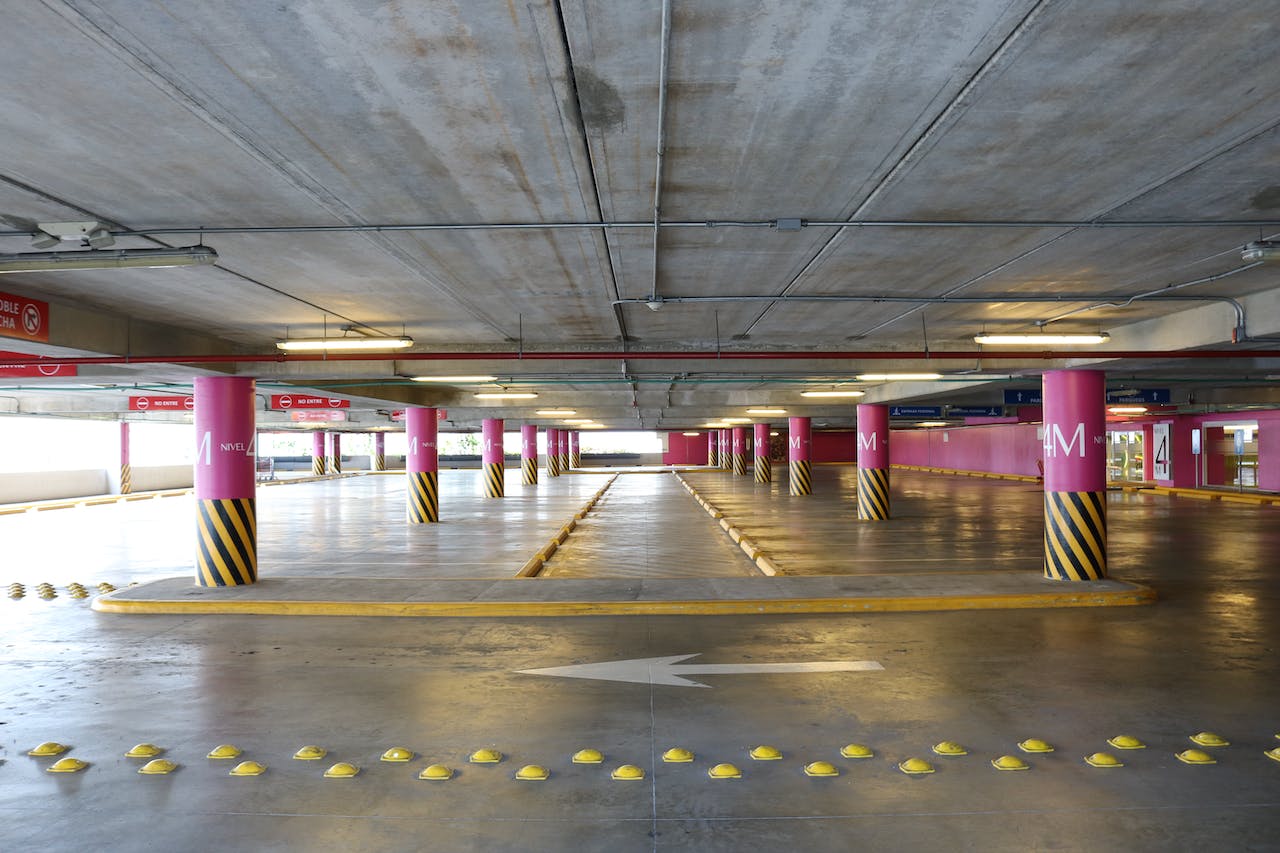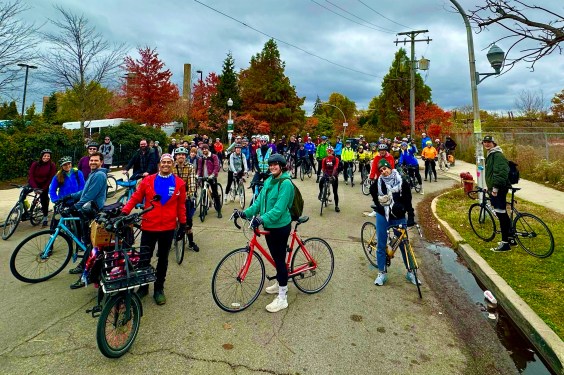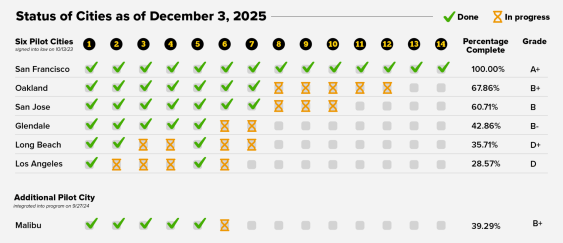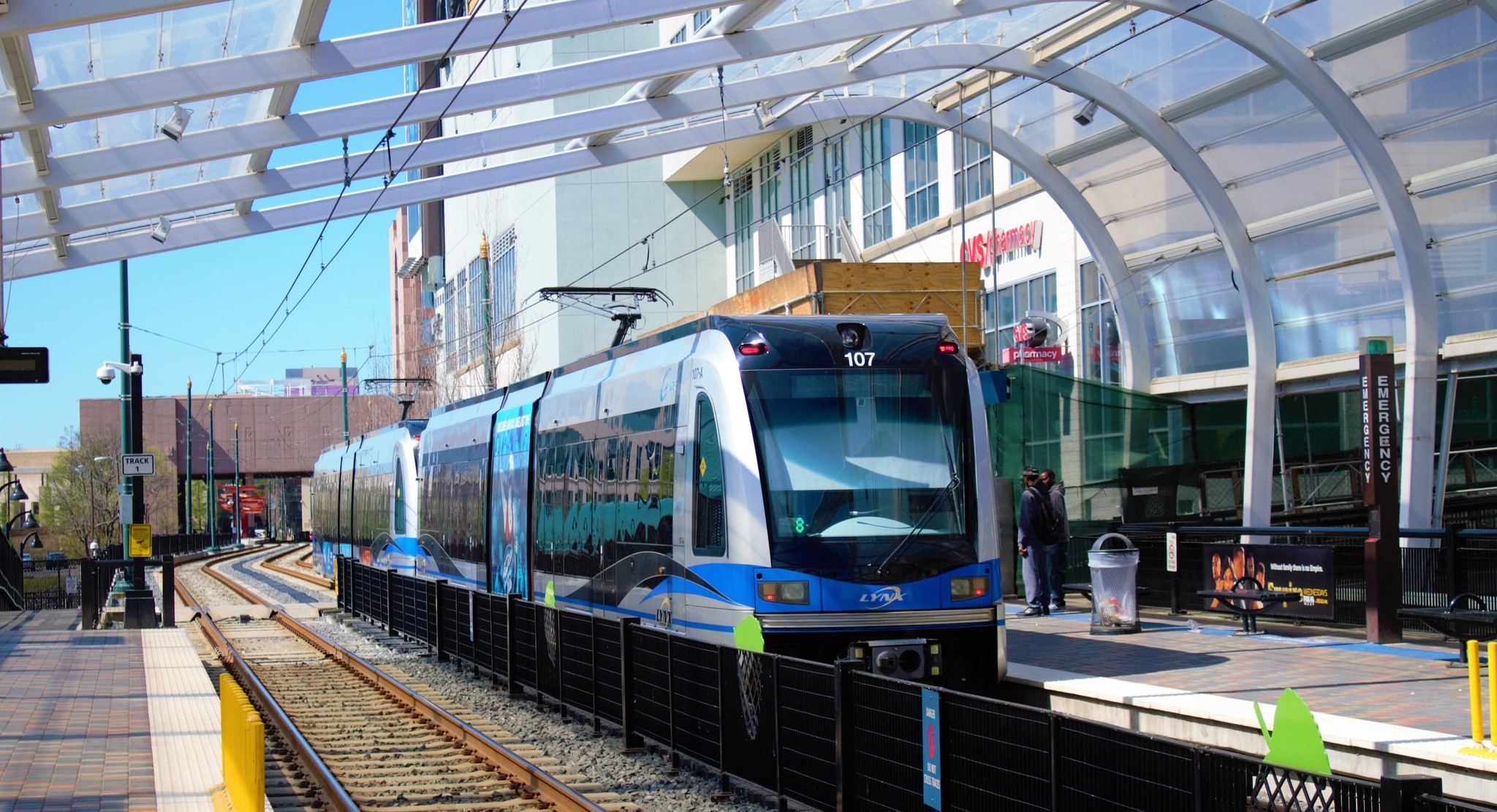One of America's most walkable school districts might soon lose that distinction — and the country might lose a powerful model of how good school planning can make kids and the communities that surround them healthier, happier, and more independent.
School board officials in the Cleveland suburb of Lakewood recently voted 4-1 to convert Lincoln Elementary school into a centralized early learning center, and re-direct all pre-kindergarten children from their neighborhood schools to there — a small but seismic change that advocates say will effectively sacrifice district's identity as a "walking school district" where virtually every student can access the classroom on foot.
Proponents of the move say that many Lakewood schools are operating at just two-thirds of their total capacity on average, and that enrollment is unevenly distributed, with some schools operating near-full and others near-empty.
Opponents, though, argue that that the city of nearly 50,000 could redraw its school boundaries without ceding its status as a leader in the national Safe Routes to Schools movement. Because if Lakewood folds to the national trend of closing small, neighborhood schools on already-safe routes, it will lose much of the walkability that's become a cornerstone of neighborhood culture.
And in the process, some experts say the community would also be giving up a host of benefits for children, families, and the broader community that won't be easily regained.
"When students walk to school, parents build new connection points, children develop independence and social skills, and neighborhoods gain a giant third place for kids — essential infrastructure for development that cannot be replicated digitally or through organized activities elsewhere," said Seth Kaplan, author of "Fragile Neighborhoods: Repairing American Society One ZIP Code at a Time." "This is far bigger than individual students who can no longer walk to school or must change schools, although that also has its own negative implications. Rather, this is about losing a whole system of social infrastructure sustaining the dense connections that prevent community fragility. And that is really, really hard to get back once it's lost."
That "system of social infrastructure," many Lakewood families argue, is at least partly an outgrowth of the city's history as a streetcar suburb, which left the community with a compact, walkable grid and minimal school parking lots, even after the streetcars stopped running, as well as decades of conscientious district planning that allowed Lakewood to maintain small neighborhoods schools even as family sizes and student enrollment shrunk nationwide.
Clevelander and author Angie Schmitt praised the city's commitment to the walking school district model in 2014 for this publication; Streetfilms' Clarence Eckerson Jr. even made a short documentary about it, in which city planner Bruce Sylvester called Lakewood the "densest community between New York and Chicago."
Over the years, Lakewood's walkable schools have become a celebrated amenity and a major cost savings for parents and kids alike. In lieu of traditional buses — which would cost the district more than a million dollars to run, and are increasingly impossible to staff with drivers — the community has prided itself on supporting walking school buses and bike buses that help neighbors pool resources to get their kids to class, while also helping kids get their "wiggles out" before they settle down to learn.
And as America becomes increasingly divided, Lakewood's walkability has become a powerful tool for community cohesion, too.
"A school district where you can walk and get to know your community members, [where you can have] have kids that are less anxious in the classroom and feel more of a sense of belonging — it's really helpful for their learning, and for the greater community," said Marie Fechik-Kirk, who is both a Lakewood parent and a sustainability professional, as well as a member of nonprofit Bike Lakewood. "For parents, you're looking at a triple win; you're getting your kid to school, you're getting some exercise for yourself, and you're getting a little bit of social time with that kid. [And on top of that,] you're not stuck in traffic; you're focused on what you're seeing around you, you're saying hi to other families, maybe you get to walk your dog at the same time."
For families without cars, though, losing access to a walkable school may mean losing access to school, period — a major issue in a district that already struggles with absenteeism.
Despite the greater Cleveland area's reputation for poor transit and harsh winters that make walking and biking tough, the Congressional district that includes Lakewood actually has a lot of car-free families — including many families with children. A recent analysis from the Natural Resources Defense Council found that 49 percent of residents of the 11th district can't reliably use an automobile to get around, whether because they're under the legal driving age or belong to households with fewer cars than driving-age people; a whopping 23 percent belong to households with no cars at all, ranking the district among the least likely for residents to have reliable car access in the entire U.S.
"There are families within our school district that are one- or no-car families, and especially for those families, it's going to be very challenging to walk," added Fechik-Kirk. "For many folks that are going to that centralized pre-K, it would be well over a mile. And if you've ever [walked] well over a mile with a young child — well, you know it's a challenge."
Some Lakewood officials, though, have seemingly dismissed the debate over the loss of the walking school district model as whining from privileged parents, rather than a community mourning the loss of a lifeline.
In a private text message shared by Cleveland.com last week, board member Betsy Shaughnessy said she was "tired of the focus on parents who can stroll to a school a block away and chat with other parents" in local news coverage of the story.
For Lakewood families, though, those "chats" with other parents are the links in a chain of irreplaceable community bonds — and those "strolls" are an essential part of a family's daily rhythm. The burden of the decision, of course, will have the most impact on the families within Lincoln's immediate footprint, but parents of multiple children say those challenges will be steep for them, too — especially if one kid is young enough to be shunted to the district's single early learning center while the older one walks to the school around the corner, both at exactly the same drop-off time.
For Monica Bruaw, who has two kids in the district herself, it would also mean at least one of her children couldn't participate in a tradition that she enjoyed as a child growing up in Lakewood — and all the treasured community memories that came with it.
"Everyone would look out for one another — not only parents on the walk, but these local businesses, [too]," she reflects. "We all knew Lucky the guy from the Doughnut Pantry; we knew all these people [in the] community just beyond our classroom. ... As a longtime resident, I've seen the focus [shift to] these local industries. People are coming to our town because of what we offer, and we want to protect that."
The prospect of closing Lincoln Elementary helped inspire Bruaw to mount her own campaign for school board, where she hopes that she could join with another new elected to reverse the decision. No matter who wins at the ballot box on Tuesday, though, she hopes that the next board will see the value in keeping the school open to everyone in the immediate neighborhood, for families like hers and for the community at large.
"At night with practices and dinners and getting everybody together — at least in my house, it's a challenge," Buraw added. "But when we walk to school, I'm holding hands with both of my girls, and we're swinging each other around and playing and talking. And it's like: 'This is great. This is so much fun. These are the core memories that you [love to] make."
For researchers like Kaplan, though, protecting neighborhood schools isn't just about making memories: it's about creating a "force multiplier for good, bolstering social bonds, community resilience, and the independence and health of kids." And if Lakewood and every school district like it is smart, he says they'll treat school siting and good land use not just as critical parts of their Safe Routes to School strategy, but as the backbone of their agenda to improve their communities overall.
"School boards should consult closely with their transportation planners and community organizers — professionals who understand neighborhood systems holistically," he added. "Financial and efficiency metrics ignore what decades of economic and planning research confirm: the few walkable neighborhood systems that remain aren't fungible educational facilities. They're irreplaceable community anchors."
The Lakewood City School District Provided the following comment:
Lakewood City Schools is moving forward with the elementary repurposing plan to ensure equity, sustainability, and long-term success for all students. Over the past decade, our district has has lost nearly 500 elementary students since 2016 — creating imbalances in class sizes and building use, leading to inequitable learning experiences and frequent teacher movement. Repurposing Lincoln Elementary into an Early Learning Center in 2027 and rebalancing boundaries citywide will help us continue providing high-quality, equitable learning environments for every child in Lakewood.Editor's note: This story has been updated to reflect changes to the Cleveland.com article referenced above, which was updated for clarity in the days since Streetsblog's article was filed.






